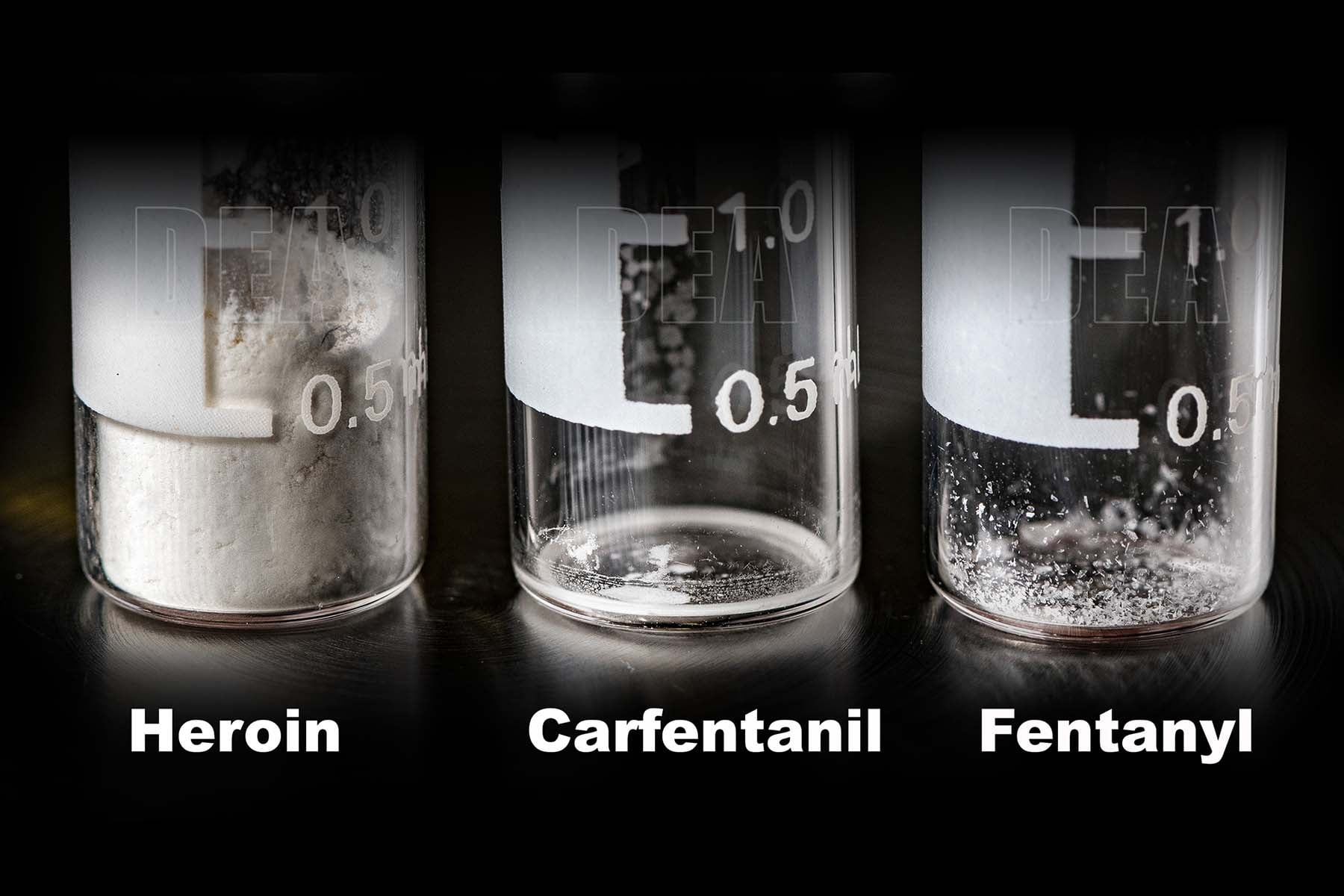
According to the CDC, death rates involving synthetic opioids (other than methadone), which include drugs such as tramadol and fentanyl.
- In 2017, more than 28,000 deaths involving synthetic opioids (other than methadone) occurred in the United States, which is more deaths than from any other type of opioid.
- Also in 2017, the largest increase in synthetic opioid overdose death rates was in males aged 25-44.
- Deaths from synthetic opioids significantly increased in 23 states and the District of Columbia from 2016 to 2017.
- West Virginia, Ohio, and New Hampshire had the highest death rates from synthetic opioids.1
Synthetic opioid overdose death rates (other than methadone) increased across all demographics, county urbanization levels, and numerous states. State reports have indicated that increases in synthetic opioid-involved deaths have been associated with the number of drug submissions obtained by law enforcement that test positive for fentanyl but not with fentanyl prescribing rates. These reports indicate that increases in synthetic opioid-involved deaths are being driven by increases in fentanyl-involved overdose deaths, and the source of the fentanyl is more likely to be illicitly manufactured than pharmaceutical.2,3,4
There are also fentanyl analogs, such as acetylfentanyl, furanylfentanyl, and carfentanil, which are similar in chemical structure to fentanyl but not routinely detected because specialized toxicology testing is required. Recent surveillance has also identified other emerging synthetic opioids, like U-47700.5 Estimates of the potency of fentanyl analogs vary from less potent than fentanyl to much more potent than fentanyl, but there is some uncertainty because potency of illicitly manufactured fentanyl analogs has not been evaluated in humans. Carfentanil, the most potent fentanyl analog detected in the U.S., is estimated to be 10,000 times more potent than morphine. 5,6
References
- Scholl L, Seth P, Kariisa M, Wilson N, Baldwin G. Drug and Opioid-Involved Overdose Deaths – United States, 2013-2017. WR Morb Mortal Wkly Rep. ePub: 21 December 2018.
- Gladden RM, Martinez P, Seth P. Fentanyl law enforcement submissions and increases in synthetic opioid-Involved overdose deaths – 27 states, 2013-2014. Morb Mortal Wkly Rep. 2016;65(33):837-43.
- Peterson AB, Gladden RM, Delcher C, Spies E, Garcia-Williams A, Wang Y, et al. Increases in fentanyl-related overdose deaths – Florida and Ohio, 2013-2015. Morb Mortal Wkly Rep. 2016;65(33):844-9.
- O’Donnell JK, Gladden RM, Seth P. Trends in Deaths Involving Heroin and Synthetic Opioids Excluding Methadone, and Law Enforcement Drug Product Reports, by Census Region — United States, 2006–2015. MMWR Morb Mortal Wkly Rep 2017;66:897–903.
- O’Donnell JK, Halpin J, Mattson CL, Goldberger BA, Gladden RM. Deaths Involving Fentanyl, Fentanyl Analogs, and U-47700 — 10 States, July–December 2016. MMWR Morb Mortal Wkly Rep 2017;66:1197–1202.
- O’Donnell J, Gladden RM, Mattson CL, Kariisa M. Notes from the Field: Overdose Deaths with Carfentanil and Other Fentanyl Analogs Detected – 10 States, July 2016-June 2017. MMWR Morb Mortal Wkly Rep. July 2018. 67(27);767–768.

